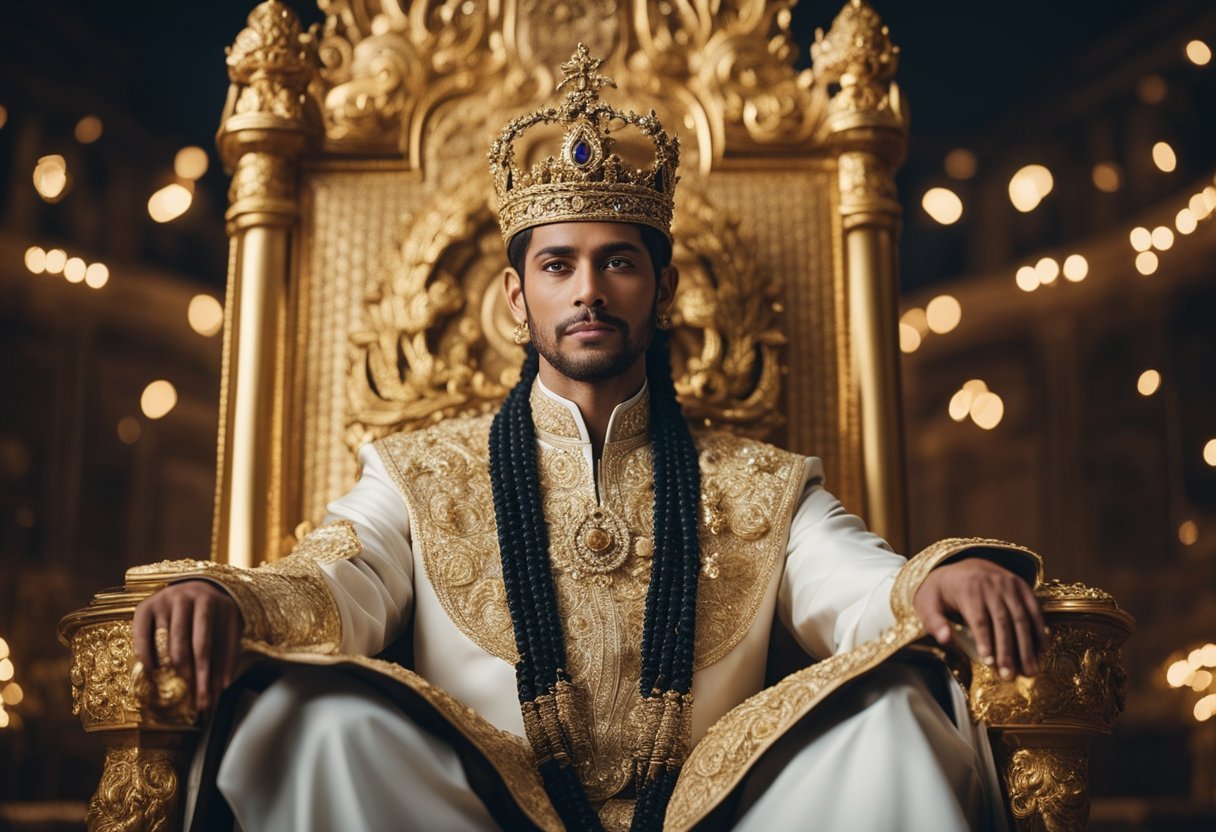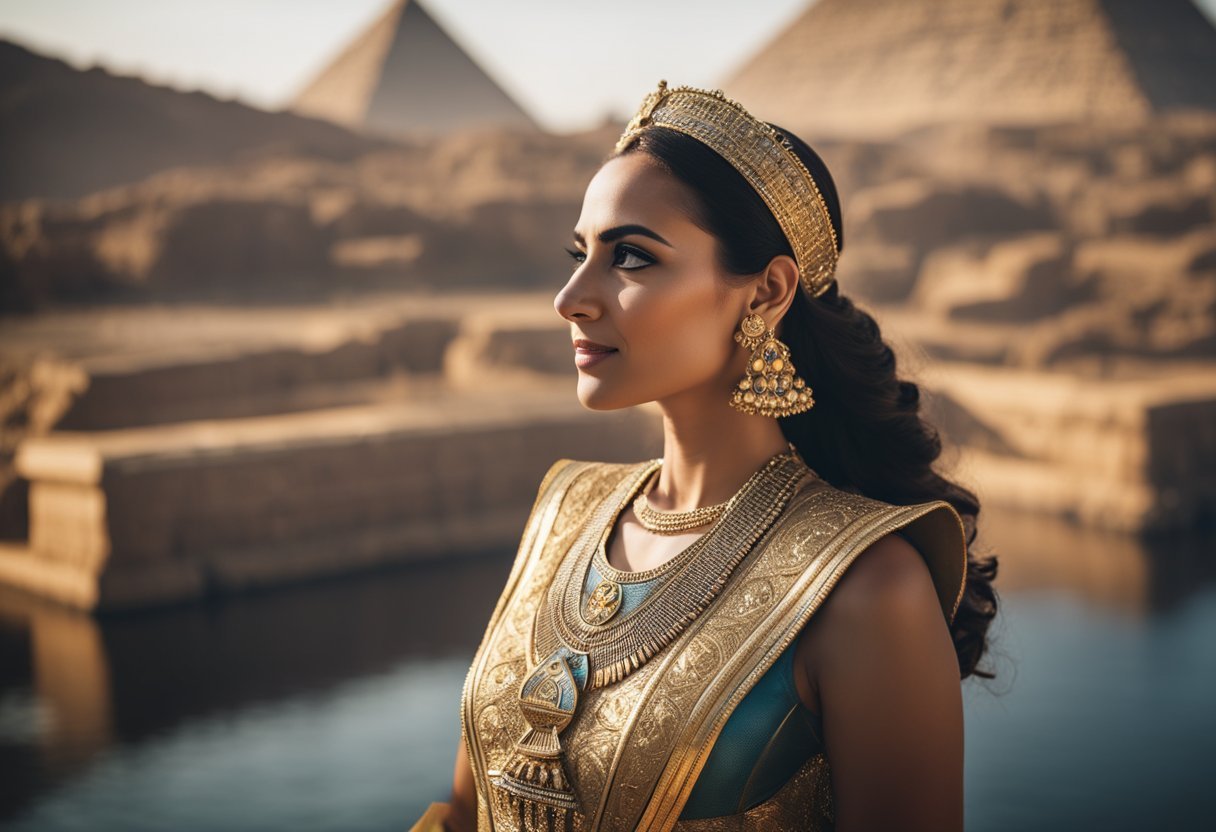Arsinoe II of Egypt was no ordinary queen. Born around 316 BC, she carved out a remarkable place for herself in the tumultuous world of Hellenistic Egypt. She wasn’t just queen; she was crowned pharaoh, a title that placed her on equal footing with male rulers in a land known for its powerful female leaders.
Her life was marked by political marriages and strategic alliances. She first married King Lysimachus of Thrace, then her half-brother Ptolemy Ceraunus, and finally her full brother, Ptolemy II Philadelphus. This last marriage was especially significant as it helped solidify her power in Egypt, where sibling marriage was customary but still quite intriguing for the times.
Arsinoe II’s influence wasn’t limited to her titles or marriages. She played a pivotal role in the political and cultural life of Egypt, contributing to its development as a center of arts and sciences. Her legacy can be seen in the many monuments, coins, and artworks that bear her image and name, a testament to her enduring impact on Egyptian history.
Life and Reign

Arsinoe II of Egypt led a life filled with strategic alliances and political maneuvering. Her reign marked significant shifts in power dynamics within the Hellenistic world.
Early Life
Born around 316 BCE, Arsinoe II was the daughter of Ptolemy I Soter, a former general under Alexander the Great, and founded the Ptolemaic dynasty in Egypt. Her early years were spent in the royal court, where she received an education befitting a princess of her status.
Her upbringing prepared her for the complexities of royal life, enabling her to navigate the political landscape with confidence and acumen. Fluent in multiple languages, she mingled with dignitaries and scholars, sharpening her diplomatic skills. These formative experiences laid the groundwork for her future political endeavors.
Marriage and Alliances
Arsinoe II’s first marriage was to Lysimachus, the King of Thrace and Macedonia, around 300 BCE. This alliance aimed to solidify political ties and strengthen her father’s influence across the region. She bore him several children and played a pivotal role in court politics.
After Lysimachus’s death, she married her half-brother Ptolemy Keraunos, briefly. This union, however, ended in betrayal and violence, forcing her to flee to Egypt. Her third and final marriage to her full brother, Ptolemy II Philadelphus, was both politically and culturally significant. It reinforced the Ptolemaic tradition of sibling marriage and solidified her power base in Egypt.
Co-Ruler with Ptolemy II
Upon marrying Ptolemy II Philadelphus, Arsinoe II rose to a position of substantial influence. She wasn’t just a queen; she was named co-ruler and granted the title “King of Upper and Lower Egypt,” effectively making her a pharaoh.
Arsinoe II participated actively in state governance, military campaigns, and religious affairs. She even had cities named after her, like Arsinoe. Her co-reign marked one of the most prosperous periods of the Ptolemaic dynasty, showcasing her skills in administration and leadership. She left an indelible mark on Egypt’s socio-political fabric, making her one of the most remarkable female figures in ancient history.
Cultural and Religious Influence

Arsinoe II of Egypt had a significant cultural and religious impact on the Ptolemaic Kingdom, shaping the perception and importance of the queen’s role in Egyptian society.
Deification and Worship
Arsinoe II was deified during her lifetime, which was a significant honor. She was worshipped as a goddess alongside her brother-husband, Ptolemy II Philadelphus. This cult was part of a broader strategy to legitimize and elevate the Ptolemaic dynasty.
Temples were dedicated to her, and she was often depicted in religious contexts. Her divine status served to link the Ptolemaic rulers with both Greek and Egyptian religious traditions. This dual representation helped bridge cultural gaps and solidify their rule.
Iconography and Depictions
Arsinoe II’s depictions combined both Greek and Egyptian styles, reflecting her unique position. She was often shown wearing traditional Egyptian regalia, such as the vulture crown and solar disk, emphasizing her role as a pharaoh.
Coins featuring her image circulated widely, promoting her divine and royal status. In art, she was also portrayed with attributes of goddesses like Isis and Aphrodite, reinforcing her divine association and political power.
These visual representations were crucial in establishing her presence and influence throughout the Ptolemaic realm.

